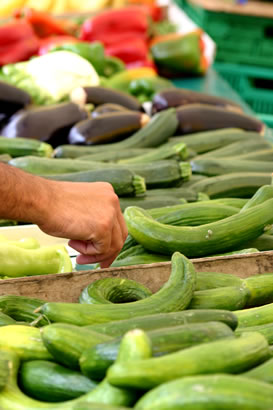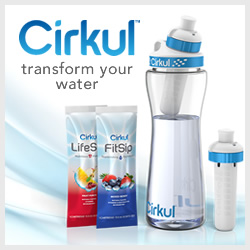| [wp_eMember_compact_login] |
<< Back to eCourse Lesson Menu |
 Did you know that non-organic celery alone has been treated with as many as 67 pesticides, bell peppers up to 63, and kale up to 57? And those are just a few to mention.
Did you know that non-organic celery alone has been treated with as many as 67 pesticides, bell peppers up to 63, and kale up to 57? And those are just a few to mention.
Ingesting these numerous neurotoxic chemicals by eating non-organic produce has been shown to cause everything from ADHD to Cancer and Nervous System Disorders.
So we know that avoiding these pesticide laden fruits and vegetables is important for our health. By buying organic produce we get the benefit of better health and not to mention taste as well. But what if we are on a budget? Not everyone has the option of buying all organic produce all the time.
How Do We Avoid Ingesting All of These Toxic Chemicals? And on a Budget?
Thankfully for us consumers the Environmental Working Group (EWG) has published a list that includes the most heavily pesticide treated produce along with the cleanest produce. The list is called The Dirty Dozen/The Clean Fifteen, and they are frequently updating the list as needed. In fact EWG says that…
When you eat the 12 most contaminated fruits and vegetables, you’ll be exposed to an average of 10 pesticides a day. When you choose fresh produce from the 15 least contaminated fruits and vegetables, you’ll consume fewer than 2 pesticides per day. EWG
The EWG’s Shopper’s Guide to Pesticides is a helpful tool that allows us to purchase the healthiest produce we can for our families while keeping in mind our individual budgets.
Dirty Dozen & Clean 15 Produce List
Since my budget does not allow me to buy everything organic, I simply pick-and-choose, trying to make the best choices for me and my family, by using the EWG’s Dirty Dozen/Clean 15 List seen below. Download the Shopper’s Guide to Pesticides PDF or iPhone App. or view the Full List of 49 Fruits & Veggies.
|
|
![]()
EWG recommends that you choose organic when buying items from the dirty dozen. Though I believe it is important to use a fruit and vegetable wash no matter what type of vegetables you buy. This will clean off dirt and/or wax from the produce quite well.
As far as the wash removing pesticides; it may remove some residue from the outside of the fruit/vegetable, but remember that they were sprayed/dusted multiple times throughout their growth so there is no getting rid of the pesticides within them. You can buy a veggie wash at your local market or make your own.
Homemade Veggie Wash
- 1 Tbsp. Fresh Organic Lemon Juice
- 2 Tbsp. White Vinegar
- 1 cup Filtered Water
Mix together in a spray bottle. Spray on your fruits and vegetables and scrub/rinse.
Dr. Weil on EWG’s Shopper’s Guide to Pesticides
Video: How to Buy Organic Produce
TODAY SHOW – Pesticides Linked to ADHD in Kids
Which video impressed you the most? Did you realize just how many different pesticides are sprayed on some foods? Leave a comment to let us know.



I like the easy -5 digit code that starts with a 9- will be organic trick. Kim
Unforuntily I was unable to watch all the videos. but no I am not surprised on the pesticides. I wish there was a way to stop them.
Marnita